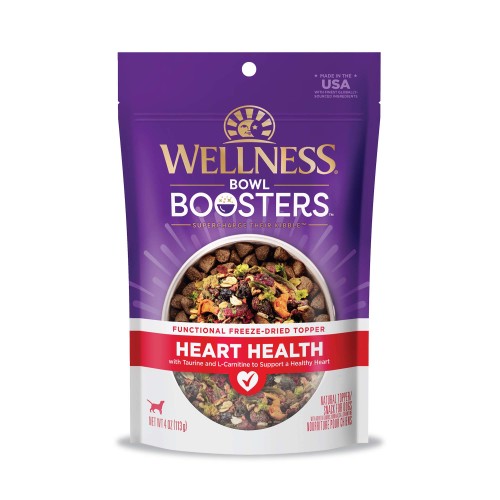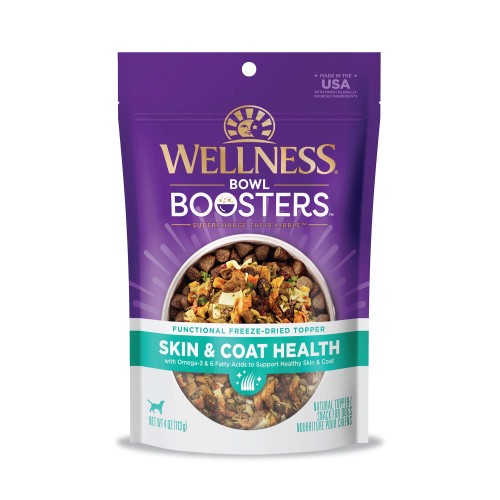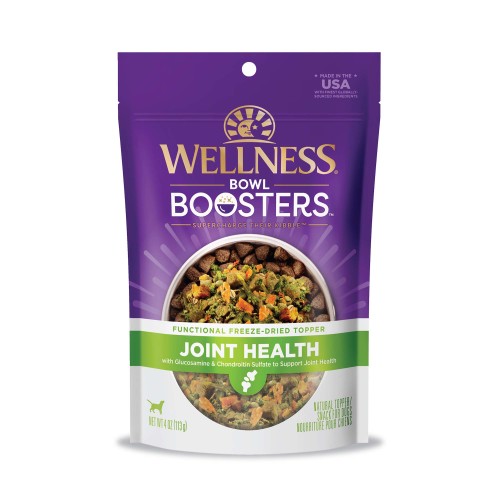June 25, 2019
How a Cat Decides if Wet Food is Good
Judging by the thousands of tantalizing food photographs posted to Instagram, visual presentation ranks high alongside taste when it comes to our food choices. But cats are just the opposite; they don’t care about the way their food looks. And further, flavor only plays a partial role in determining feline food preferences as cats only have 500 taste buds, compared to humans who have 9,000 taste buds!
Instead, cats rely heavily on their sense of smell and on “mouth-feel” – the ease with which they are able to pick up the food and the way it feels in their mouths. This is the key to finding your cat’s favorite wet food texture. Equally important is the happy sensation they both express and feel after the meal, by washing their face and paws and then settling down to sleep in a favorite snooze zone to digest.
How Cats Develop Food Likes and Dislikes
A cat’s food preferences are heavily influenced by the types of food it was exposed to as kitten and by the eating experiences during kitten hood. For example, kittens born on the streets and having to fight for a meal, along with what they actually got to eat, will have very different food-related memories compared to kittens raised in a secure home environment where they were potentially offered kibble as their main nutritional source and a side wet offering of only pate.
Consequently, to help promote a cat who is willing to eat a wide variety of foods as an adult, it’s a good idea to expose cats to both dry food and to the variety of different textures available in wet foods such as pate, morsels, gravies and shreds from an early age. Not only does this help pet parents be successful at meal times by being able to serve meals they know their cat will enjoy, but there are also definitive health benefits. Dry foods are believed to help to keep teeth clean as a result of an abrasive effect while chewing. Wet foods contain moisture and help keep cats well hydrated since cats do not have a high thirst drive. So consider a combo-diet that offers the best of both.
Sniffing out a Favorite Recipe
A cat will usually sniff the food in their food bowl before eating it. And, if the smell isn’t appealing, they may simply walk away without even taking a mouthful.
Cats have 65 million olfactory (scent) receptors, compared to the 15 million human receptors. That’s why feeding a cat a meal that has a very appealing aroma is so important.
When it comes to different wet food textures (and kibble shapes), think of Goldilocks and the three bears and how she tried out their porridge bowls, chairs and beds until she selected what was “just right”.
The ease with which cats pick up a food and the way it feels in the cat’s mouth plays a big part in whether they will make a meal of what is being served in the food bowl. Cats are very individual creatures and, in a multicat household, each will have its own preferences.
In the wild, a cat’s prey will have different textures, so texture preferences are instinctive. In a domestic setting, some prefer soft minced foods, or lots of gravy. For others, the preference may be more chunky bites. Fortunately, there are lots of options for your cat to emulate Goldilocks and find one (or more) textures that are just right!
Wet Cat Food Forms & Textures Dictionary:
Wellness Pet Food has a wide variety of wet cat food texture options that best of all, deliver a taste that 9 in 10 cats love*. With this Catisfaction guarantee, all a cat parent needs to do is find the perfect form and flavor that their cat prefers from the over 70 different wet recipes in the Wellness portfolio. Let’s look closer at the different textures below:
Please note that many textures are similar across brands, but some of the textures below are unique to Wellness cat foods and are indicated with this symbol: *. Please note that the accompanying visuals are for texture reference only. Color will vary between each recipe, and as our products are natural, you may notice slight variations in consistency, shape, size and aroma.
- Pâté: Completely smooth recipe with uniform consistency. Pâtés can vary with some being softer and creamier, and some being firmer. Pâtés are spreadable.
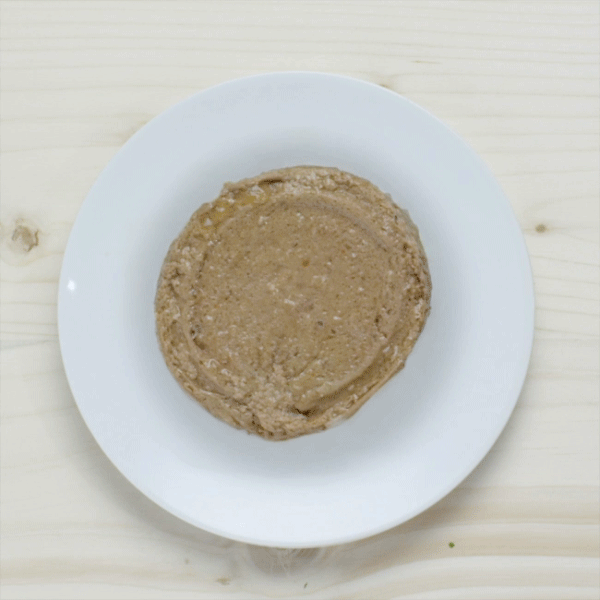
- Minced: Very tiny chopped “crumbles” of protein served in light gravy.
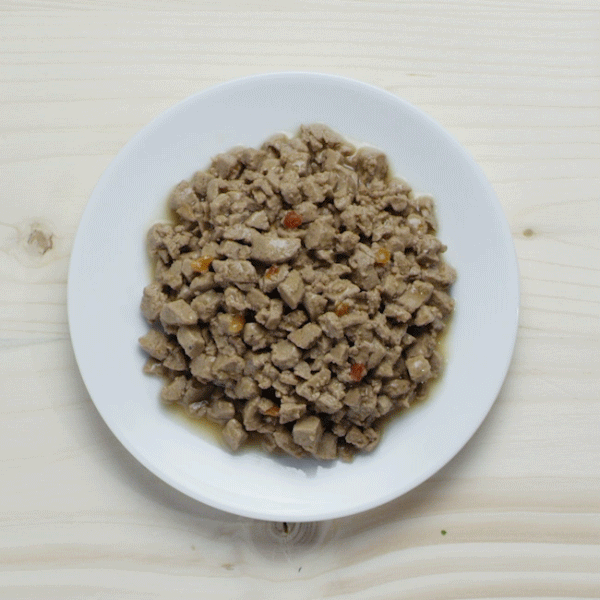
- Gravies: Small pieces of protein in irregular or variable shapes, in a thick gravy base
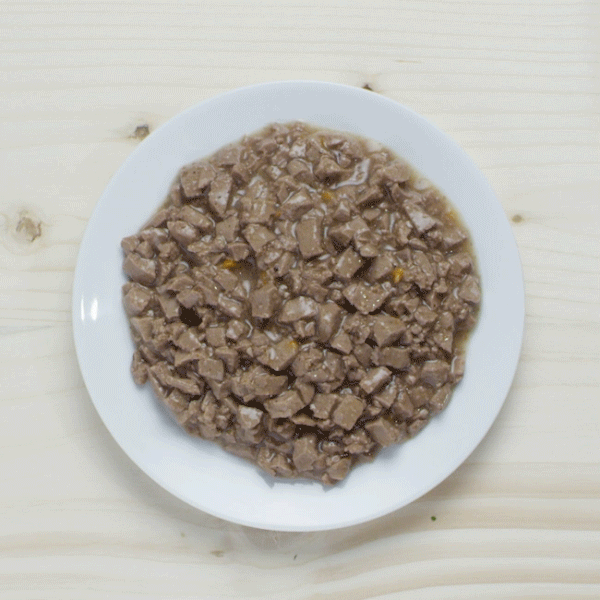
- Morsels (often referred to as cubed): Distinctive cube-shaped protein cuts that are slightly larger than Gravies protein pieces. Served in light gravy.
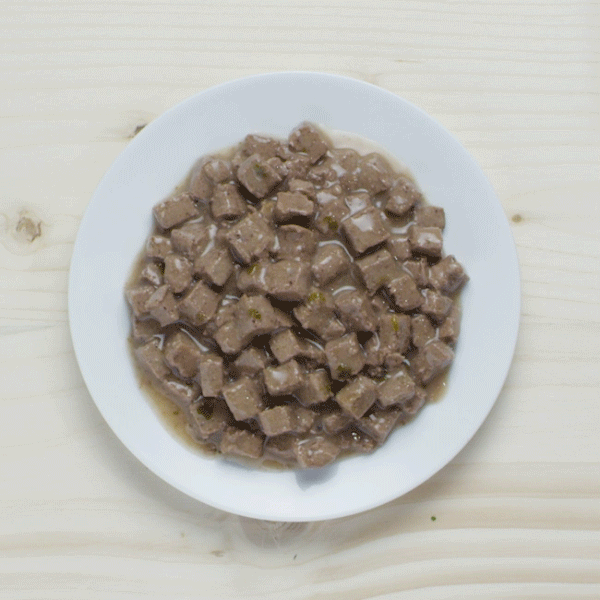
- Flaked: Long, thin, flat pieces of fish in broth. Serves similarly to how a can of tuna fish breaks apart.
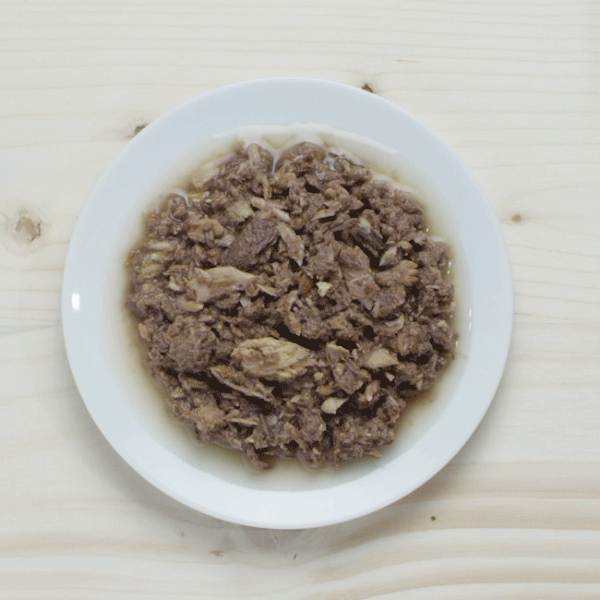
6. Chunky: Thick chunks of protein in a thick sauce with some small shreds of meat dispersed throughout.
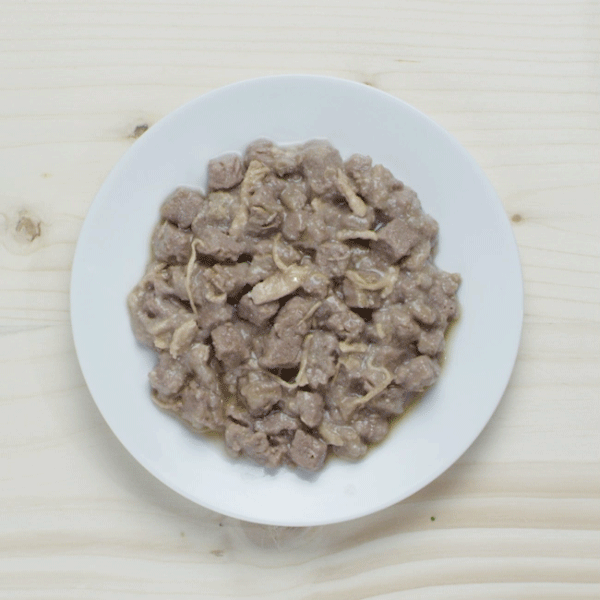
7. Shredded: Long thin pieces of meat in varying widths. Served in light gravy.
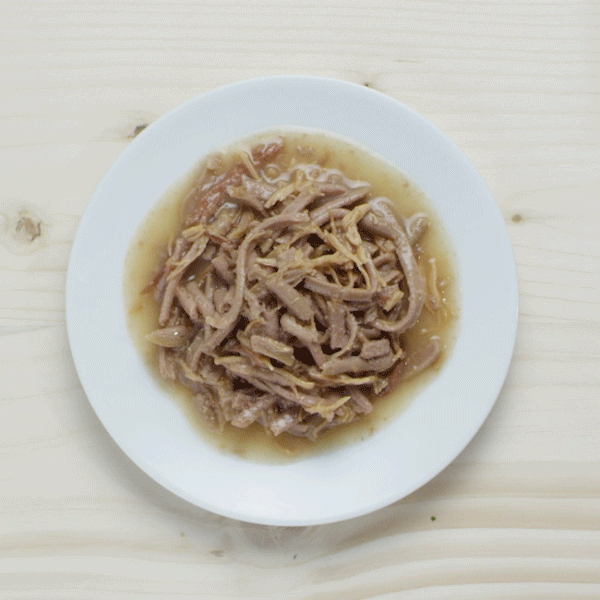
8. Sliced: Protein pieces are wider, longer and more flat than minced or cubed options. Protein pieces are uniformly sized. Served in light gravy.
9. *Hearty Cuts: Similar to Sliced, but with longer and more narrow cuts of meat. Served in light gravy.
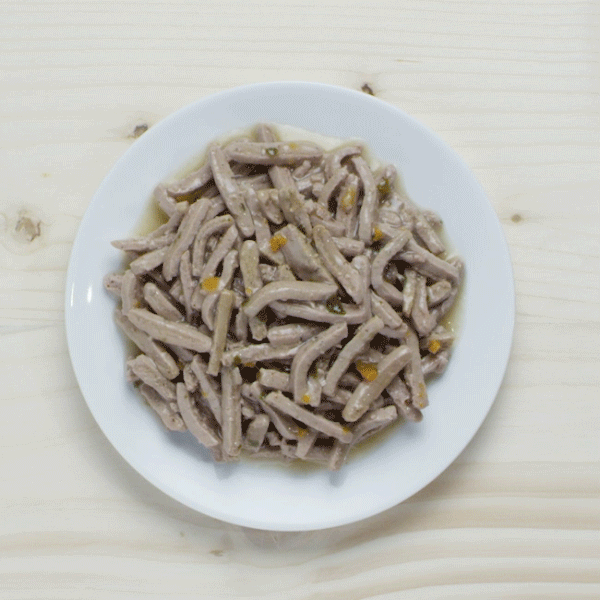
10. Shredded Sides in Broth: Savory, transparent broth or “soup” containing pieces of finely shredded pure fish, meat or chicken. This is considered a mixer or topper to be served in conjunction with complete and balanced wet or dry food options.
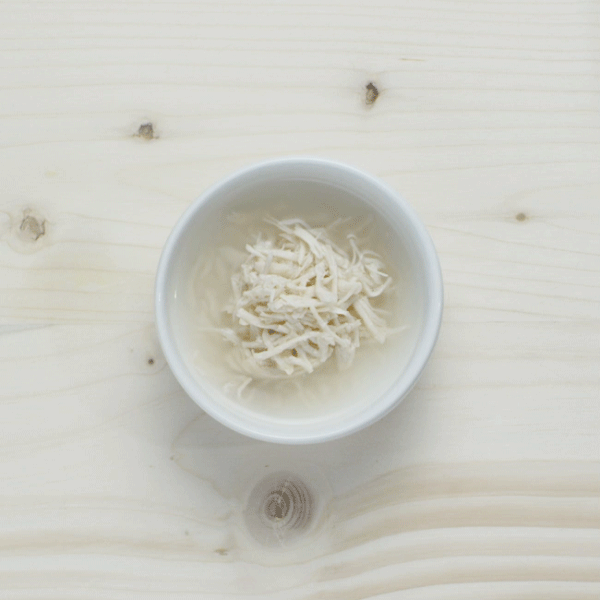
11. Flaked Sides in Broth: Savory, transparent broth or “soup” containing flat, flaked pieces of pure fish. This is considered a mixer or topper to be served in conjunction with complete and balanced wet or dry food options.
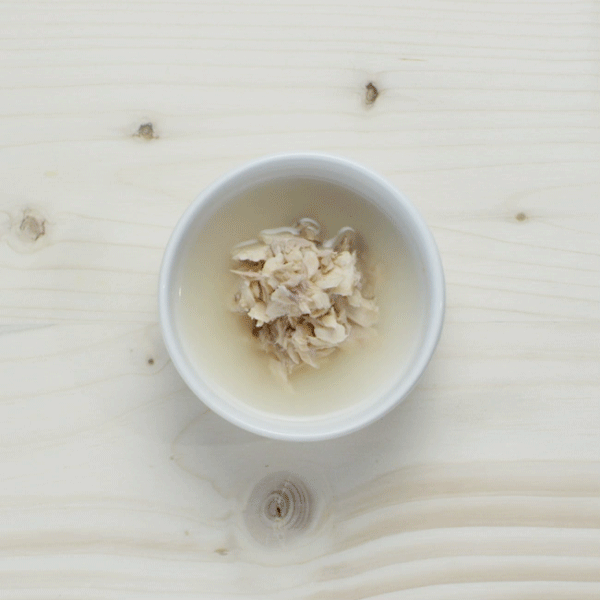
* Based on Studies of Wellness Cat at an Independent Kennel. Data on File.
Food Trials
If you made it through that list, you’re probably feeling at least a little overwhelmed. That’s OK! When it comes to narrowing down your cat’s wet food preferences, there’s bound to be some trial and error. Stay strong!
If you’re finding it difficult to find a food your cat prefers, consider doing your own food trial. Put out small amounts of a few different textures and see which food your cat prefers. Because Wellness has a 100% Catisfaction Guarantee on all their cat foods, if certain options are rejected, they can be returned for a full refund. And customer support is available to answer questions and make suggestions.
Unless indicated, the above varieties are all well-balanced, full meals with the essential vitamins and minerals that cats need to have a healthy diet. The different Wellness food brands such as CORE and Wellness Complete Health offer different textures in both cans and single serving pouches.
Now THAT was a great meal!
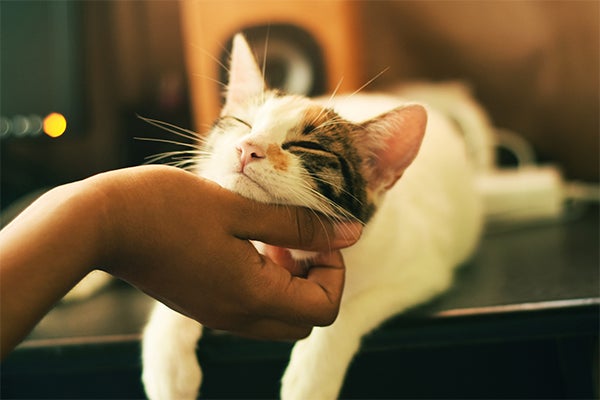
This is where people and cats agree—they need to feel good after a great meal!
The ratio of protein, fat and carbohydrates in your cat’s food can affect how your cat’s body feels as they start to digest the meal so that they feel comfortable and hence, are relaxed and happy after a meal. Cats are able to determine which textures make them feel the best. Also, from the pet parent’s viewpoint, their cat’s acceptance of a food texture equates parental happiness. So, it’s a win-win!
Food Bowl Location, Location, Location
Because mealtime experiences continue to play a part throughout a cat’s life, where the food bowl is placed in the home is important and can influence meals. Keep it away from high traffic areas and place it where the cat can see who is approaching from every angle.
Food bowls should be washed out after every meal – including dry food meals. Wet food loses its palatability and degrades if left standing out. So, wet meals should be served and put away in the refrigerator if not completely eaten. The shape of the food bowl is also important. Cats prefer oval bowls and flatter ones to make it easier to eat.
Many cats enjoy many small meals during the day. Covered food bowls allow wet food to be left out longer. While a smart food bowl that opens for a designated cat activated by the cat’s individual microchip is the answer. It maintains food freshness and also ensures the cat is getting her full meals in a multi-pet household and that the dog or another cat isn’t sneaking up and stealing.





